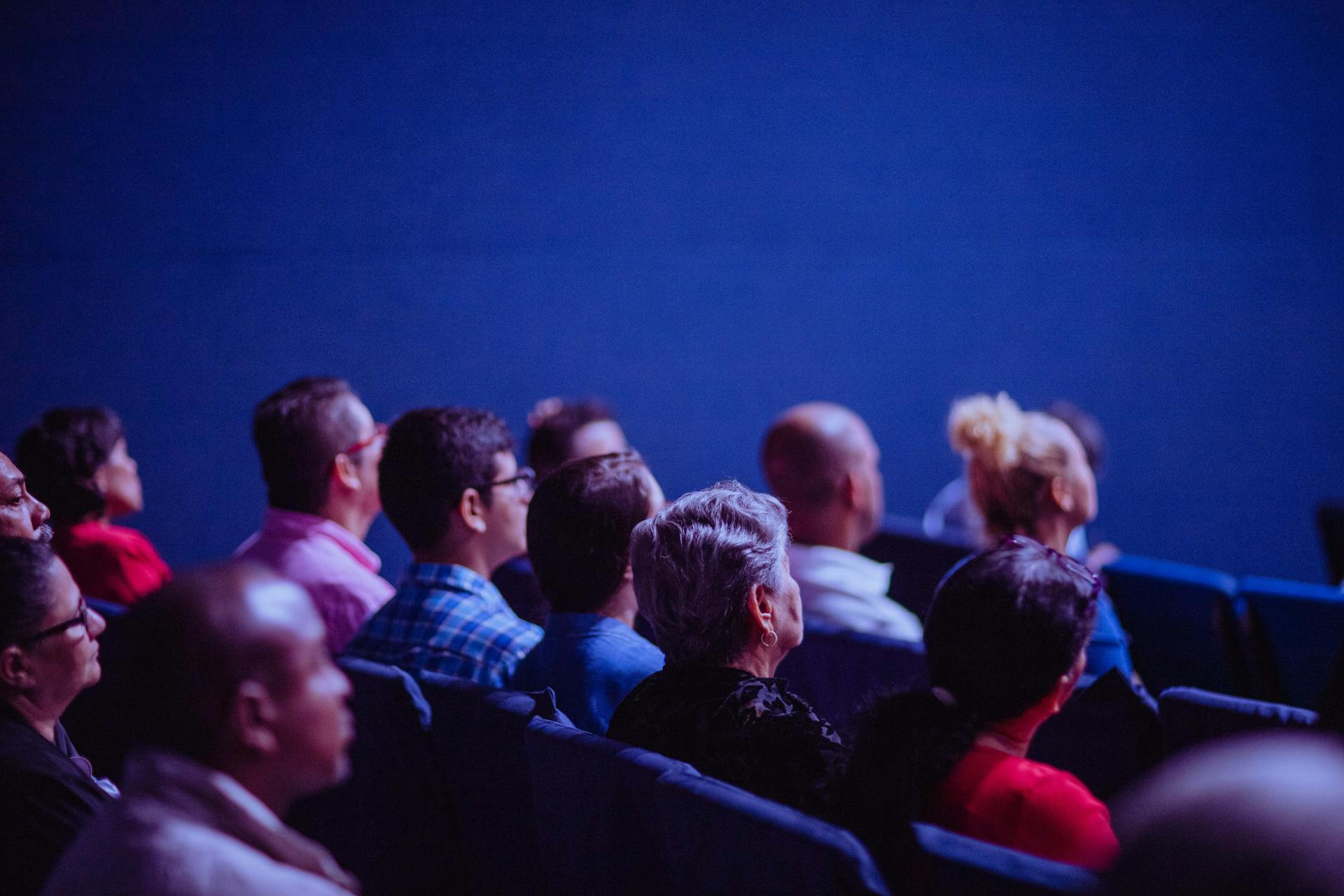Back in 2020, when everyone pivoted to virtual life during the pandemic, I found myself on a new stage: my home office, ready to deliver my first virtual keynote.
In-person events were off the table, so I needed a new way to connect with audiences. Determined to dazzle, I invested in top-notch equipment, including a fancy microphone recommended by a friend.
I was ready to rock my virtual audience.
But then, disaster struck. Ten minutes into my carefully prepared talk, my microphone turned rogue. It started to generate ear-splitting static—think nails on a chalkboard, but amplified. My eloquent speech became an unbearable cacophony.
I bombed.
My immediate reaction was to mentally berate myself: “What was I thinking? How could I be so stupid to not have a backup plan?”
But this is the wrong response.
Shaming yourself for mistakes means you’re actually shaming yourself for the courage it took to try something new.
When you’re exploring unknown territories, each misstep, each wrong turn is a sign that you had the guts to push beyond your comfort zone.
And every time you beat yourself up for a misstep, you stifle your future willingness to explore, take risks, and experiment.
No one makes good decisions all the time. People who are prolific in success are also prolific in failure. They succeed more because they do more—they write more books, take more shots on goal, and launch more businesses than others. When failure comes—as it inevitably does—they learn and grow from it.
So when you fall on your face—as I did during that keynote—don’t berate yourself by asking, “What was I thinking?”
Instead, ask, “What was I learning?”
Imagine you’re playing a video game of life. You’re experimenting with different paths and strategies to advance to the next level. Every “Game Over” screen isn’t a full stop but a chance to hit restart with more wisdom than before.
Yes, mistakes can be painful. The pain of making a mistake is the price of admission to a courageous life, and I’m happy to pay it.
But there’s another type of price you pay—not for failing, but for failing to try at all. I’ve felt that pain before, and I never want to feel it again.
I have a selfie I took right before that virtual event. It’s a snapshot of a moment filled with excitement and nerves.
When I look at that photo now, instead of feeling shame for what followed, I feel deep respect for the person in that picture.
I love that guy because he was brave enough to experiment with different ventures during a time of uncertainty. Without the risks that he took, I wouldn’t be where I am today.
So, the next time you stumble, resist the tendency to shame yourself.
Instead, recognize the courage it took to make that leap, learn from it, and let it fuel your next move forward.
Your missteps are your medals—they’re proof that you dared to venture where others feared to go.
P.S. My friend and bestselling author Michael Bungay Stanier is offering over two hours of never-done-before live training to help you be smarter, kinder, braver and more curious . . . towards others and towards yourself.
Just buy a copy of his book The Coaching Habit—which has sold over 1.2 million copies—and register at TCHLive.com before Monday, May 20th.
The Coaching Habit is not only my favorite book on coaching, but Michael is a world class trainer, and his sessions are always practical, engaging, and fun.
Bold



